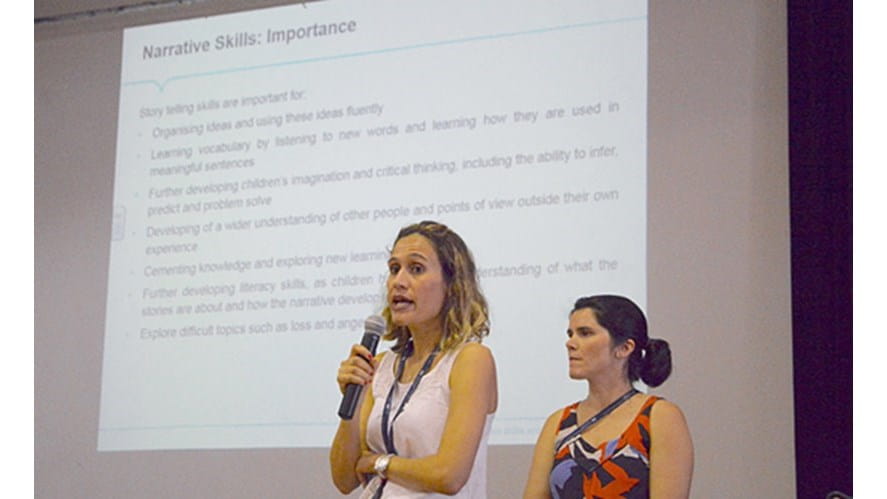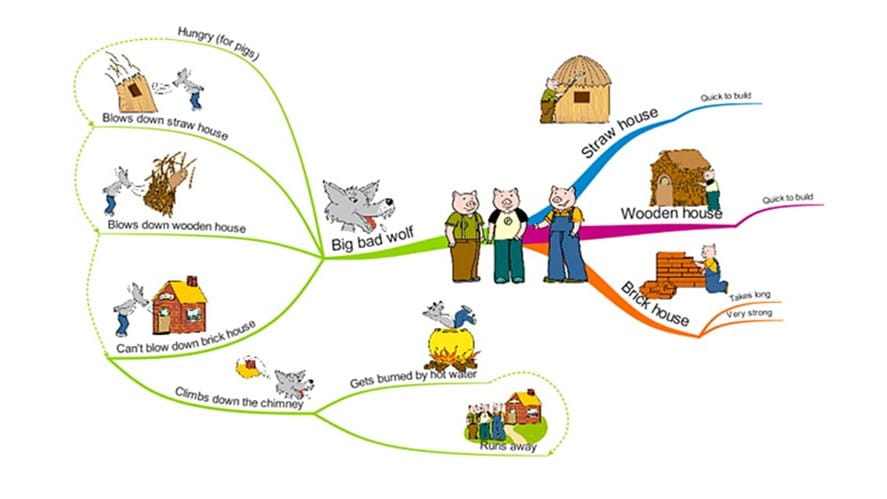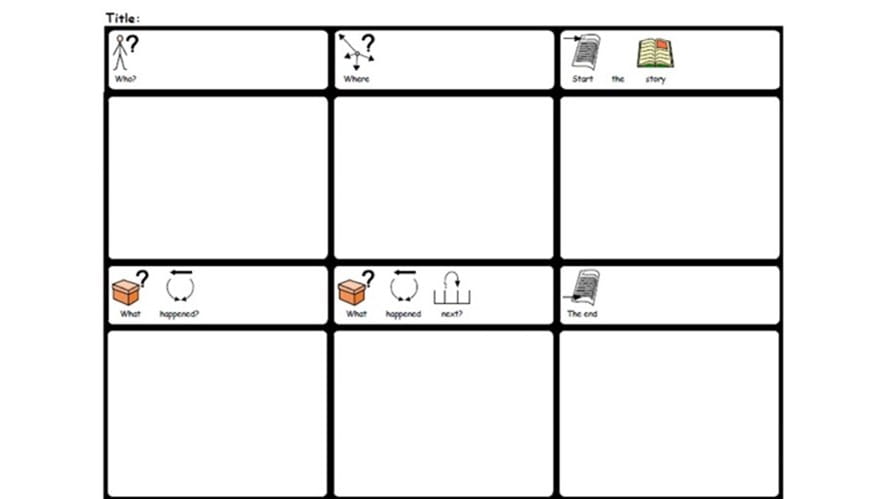We use cookies to improve your online experiences. To learn more and choose your cookies options, please refer to our cookie policy.
Join Dover Court this January!
Limited places still available in select year groups - Enquire Today

It’s the ability to tell a story or to sequence a series of events accurately. It’s a complex skill that requires the ability to remember information, select relevant information, sequence information, whilst using appropriate grammar and correct vocabulary.
Strong narrative skills are crucial to further develop children’s imagination and verbal fluency, including their ability to predict, as well as to develop a wider understanding of other people and points of view outside their own experience. Narratives can be used to cement knowledge and explore new learning opportunities. The familiarisation with story patterns may also help children further develop their reading skills, as children have a better understanding of what the stories are about and how the narrative develops.
There are three essential stages that children go through to become story tellers (Pie Corbett, 2007):
General strategies that can be used to target the early understanding of narratives (great during the imitation stage):
Specific strategies that can be used to further develop the understanding and use of narratives:
Story Mind Mapping (great during the imitation stage): Different coloured branches emphasise the story’s structure. The branches can be related to the ‘character’, ‘where’, ‘when’, ‘what happens’, and ‘ending’. It is also fun to create, as children can select the pictures and/or drawings.
Photo credit: www.biggerplate.com/The-3-Little-Pigs-mind-map.png

Fátima Ionescu
Speech and Language Therapist